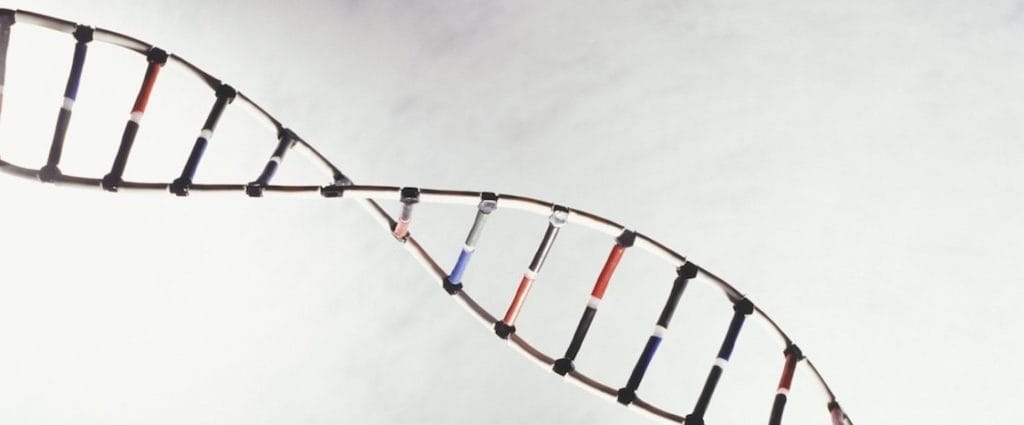A group of scientists collaborated to discover several new gene areas apparently connected to bipolar disorder. The findings provide an important route of further study toward understanding this emotionally disruptive condition. One recognized but little understood risk factor in the development of bipolar disorder is genetic history. As with some other mental health disorders, bipolar disorder appears to have strong genetic underpinnings. Yet little specific knowledge about which genes affect the condition has been discovered until now. Researchers hailing from Germany’s University of Bonn Hospital and Central Institute of Mental Health of Mannheim, and Switzerland’s University of Basel Hospital conducted a study that uncovered five genetic regions that may be connected to bipolar disorder. When gene regions are seemingly associated with a particular disease they are referred to as candidate genes. Scientists have spent years of study working to decode which genes might be associated with the illness. Even so, the work has been described as the search for a needle in the genetic haystack. All of which makes the most recent discoveries so important and exciting. The European researchers needed very large numbers of subjects in order to locate the needles and their study represents the largest subject base to date. Large numbers of study participants enables researchers to get a true picture of the roles played by individual genes because big numbers allow for statistical certainty. With the help of automation, researchers were able to input data on roughly 2.3 million gene regions from both bipolar and non-bipolar subjects. Investigators combined existing data with information on 2,266 new bipolar patients and 5,028 new control subjects. Altogether the team used data collected from 9,747 bipolar patients and 14,278 healthy subjects. Biostatistical methods were then used to identify five DNA regions linked to bipolar disorder. Two of the five regions, the MIR2113-POUF2 region of chromosome 6 and the ADCY2 region of chromosome 5, were completely new discoveries. Three of the five risk regions, TRANK1, ODZ4 and ANK3, were bipolar link regions confirmed by the new study. Most exciting to the researchers is the freshly identified ADCY2 region which is responsible for coding an enzyme that facilitates signal messaging for nerve cells. Health experts observe that certain signal transfers in the brain appear disrupted in bipolar patients, so the findings correlate well with symptoms of the disorder. Whether or not someone develops bipolar may well be a combination of risk factors in the environment, as well as family history. However, the more that is known about the genetic roots of the disorder the more effective treatment will become.

